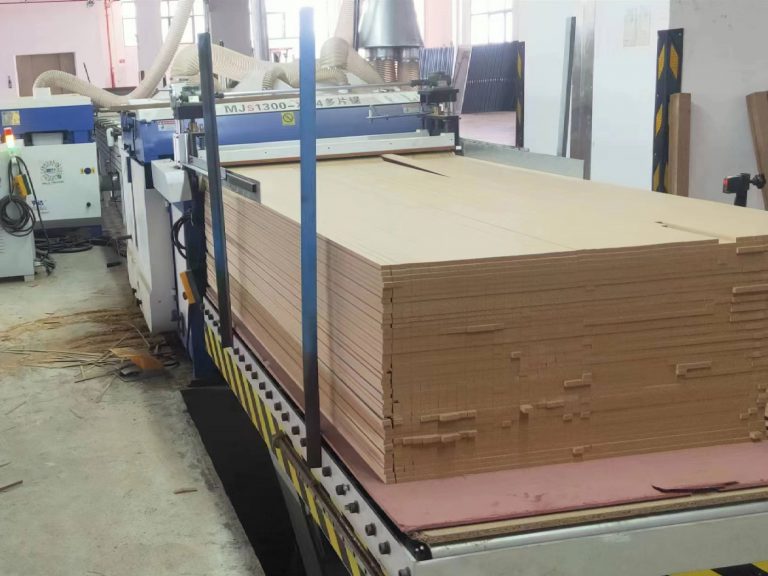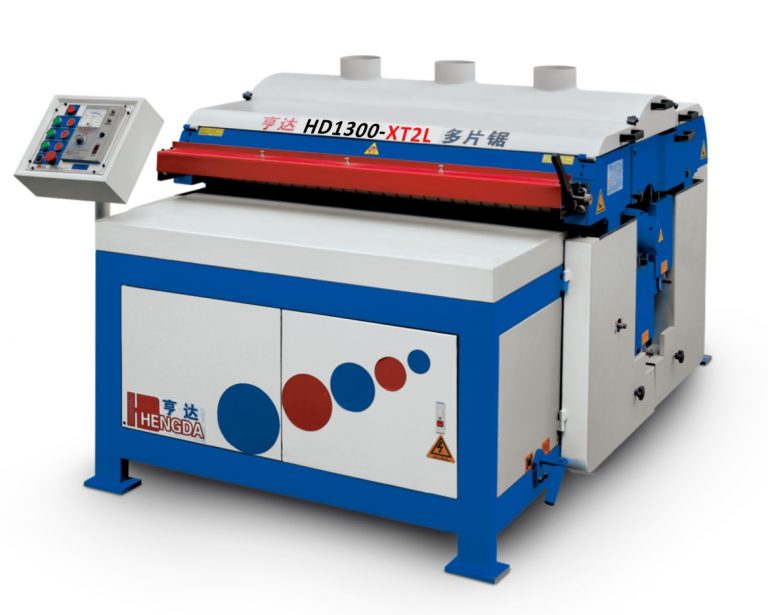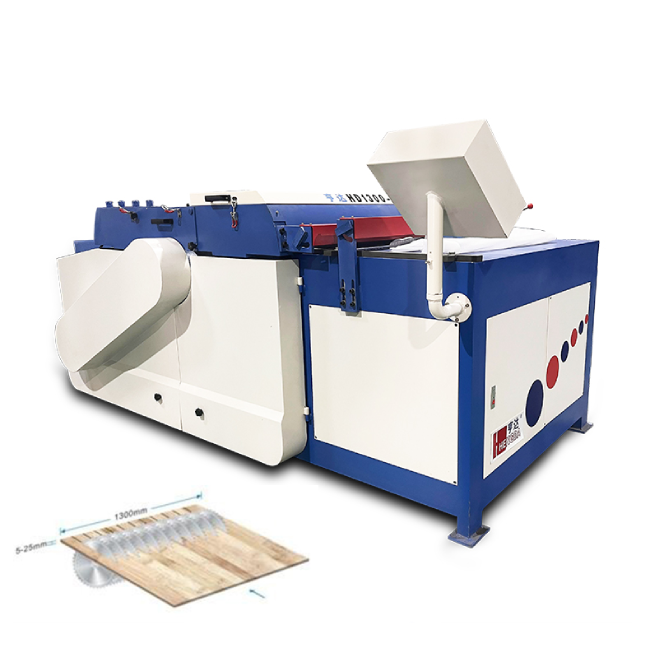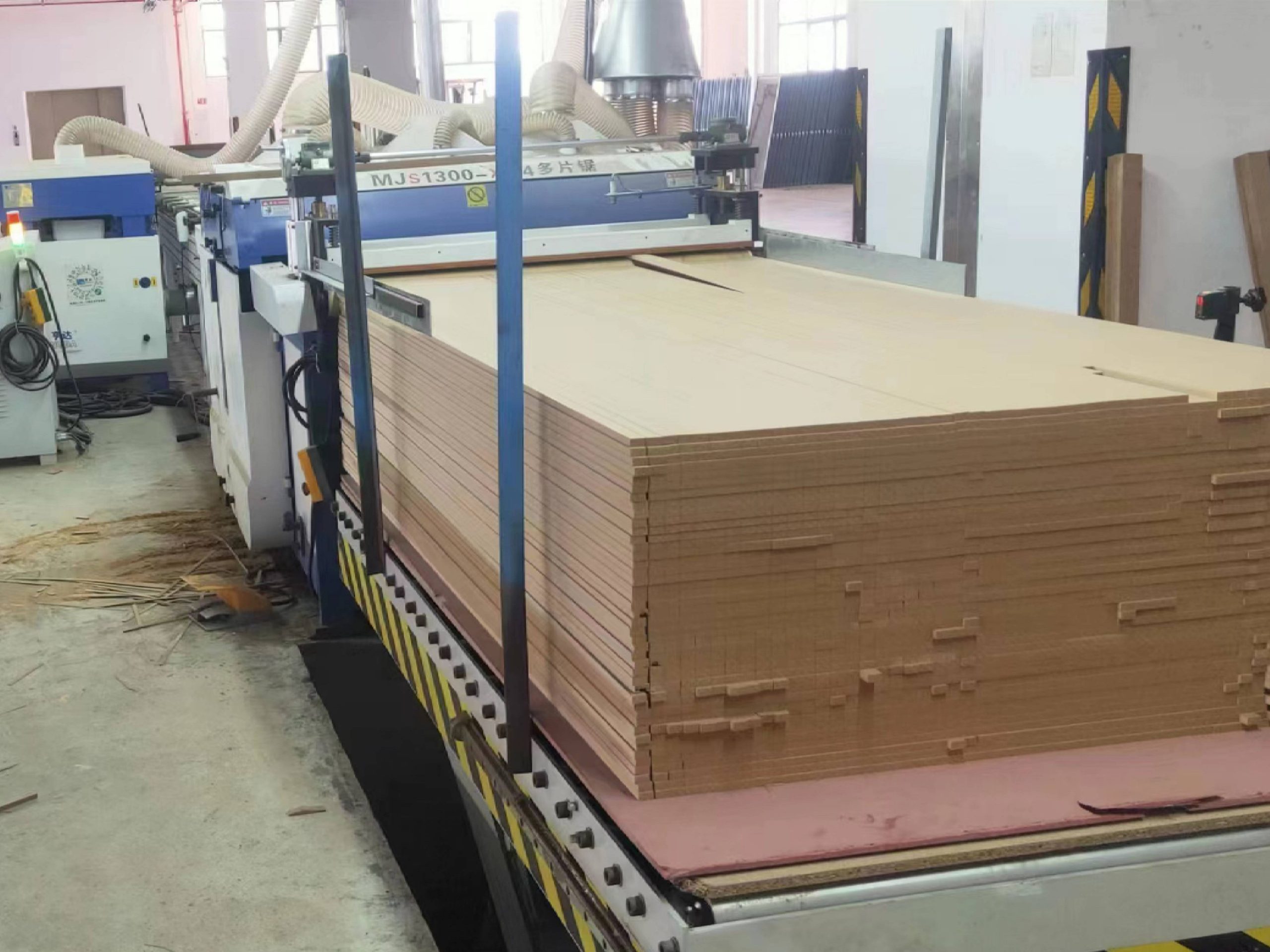
Creating a Safer Woodworking Factory: Best Practices Beyond the Multi-Blade Saw
In the woodworking industry, safety is not just a legal requirement — it is the foundation of productivity and long-term business success. While advanced machines such as multi-blade rip saws are designed with improved safety mechanisms, ensuring a truly safe environment requires looking beyond a single piece of equipment. A woodworking factory must adopt a holistic safety strategy that includes employee training, facility design, maintenance routines, and organizational culture.
This article explores best practices that go beyond the multi-blade saw, helping factory owners and managers create a safer, more efficient workplace.
1. Establish a Safety-First Culture
The most advanced safety equipment will not matter if workers do not take safety seriously. A factory must build a culture where safety is seen as part of daily work rather than an afterthought.
- Management leadership: Supervisors should consistently reinforce safe practices and recognize employees who follow them.
- Employee involvement: Encourage workers to report unsafe conditions and participate in safety planning.
- Regular communication: Safety briefings, posters, and reminders keep awareness high.
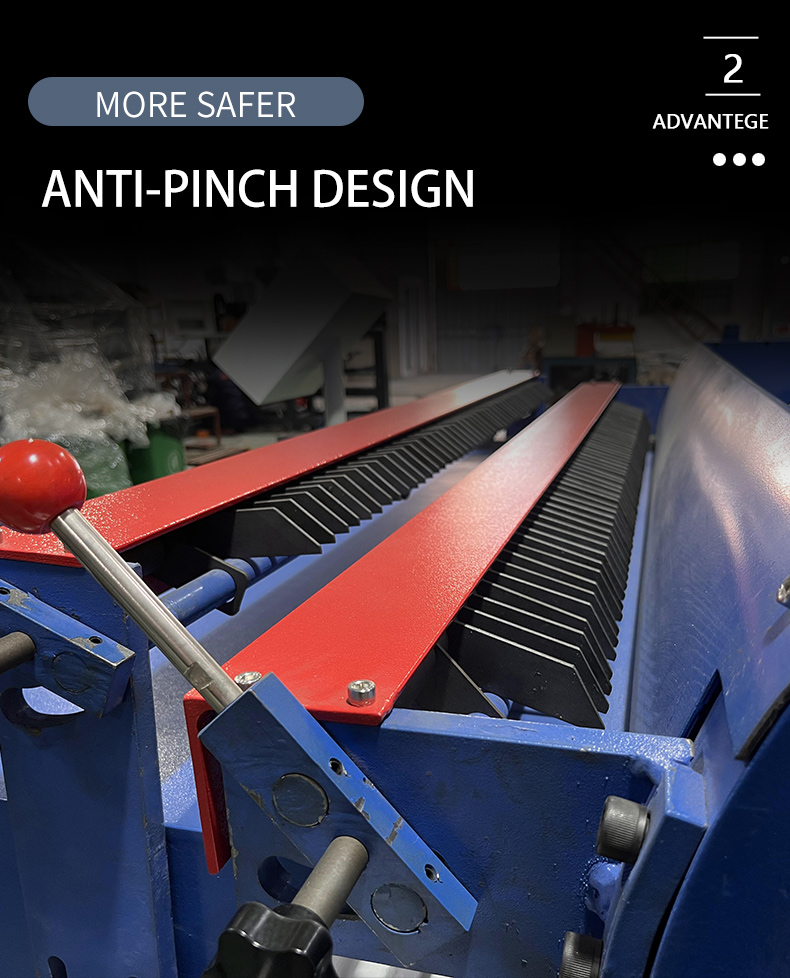
2. Invest in Comprehensive Training Programs
Machines such as gang rip saws, edge banders, and CNC routers require specialized training. But training should extend beyond operating equipment:
- Hazard recognition: Workers must know how to spot risks in material handling, dust collection, and storage areas.
- Emergency response: Fire drills, first aid, and accident simulations prepare teams for unexpected events.
- Continuous learning: Regular refreshers help reinforce good habits and update staff on new safety standards.
3. Optimize Factory Layout for Safety
The physical environment of a woodworking factory directly impacts safety. Poorly planned layouts can cause bottlenecks, trip hazards, or dangerous machine proximity.
- Clear pathways: Ensure safe and unobstructed movement of materials and workers.
- Zoning: Separate cutting, assembly, and finishing areas to reduce cross-contamination of dust and chemicals.
- Adequate lighting and ventilation: Both are crucial for visibility and health.
4. Implement Preventive Maintenance Schedules
Many accidents occur due to poorly maintained machines. Preventive maintenance is not just about extending the life of equipment; it also protects workers.
- Regular inspections: Check for loose parts, worn-out blades, and malfunctioning safety guards.
- Scheduled downtime: Plan maintenance outside of peak production hours to minimize disruption.
- Documentation: Keep records of inspections and repairs to ensure accountability.
5. Prioritize Dust and Waste Management
Wood dust is a silent hazard — it causes respiratory problems, fire risks, and reduced visibility.
- High-efficiency dust collectors: Invest in systems that keep air clean and meet occupational health standards.
- Regular cleanup routines: Assign teams or shifts responsible for sweeping, vacuuming, and emptying waste bins.
- Proper disposal: Ensure offcuts and sawdust are removed from the factory floor promptly.
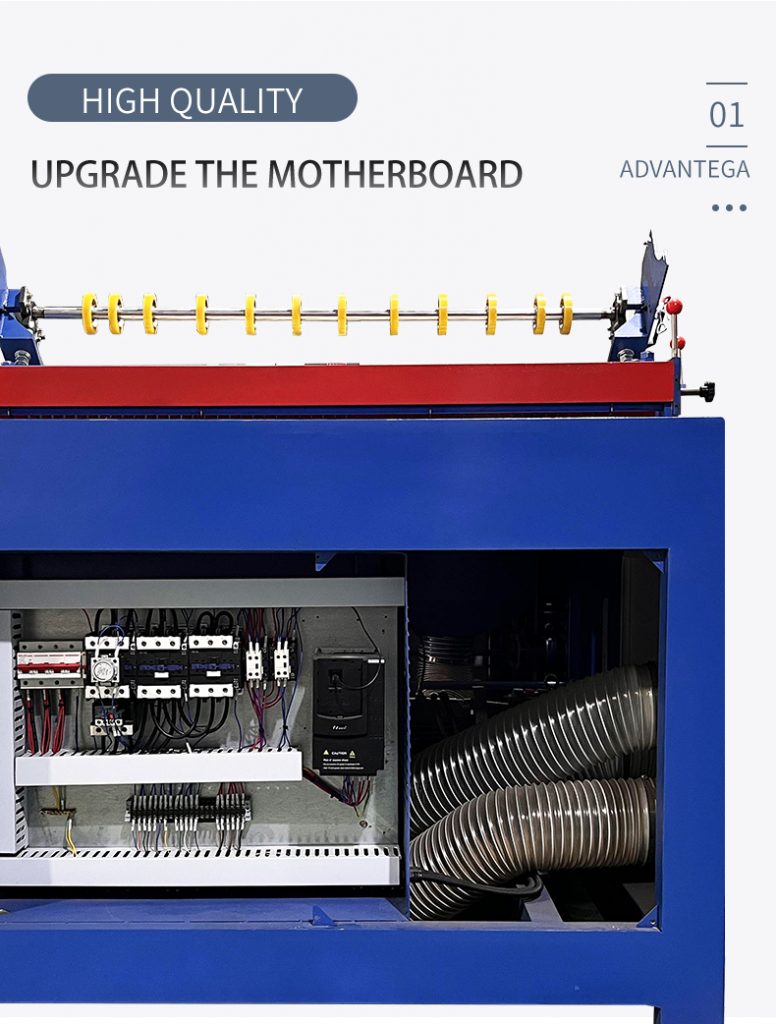
6. Expand Safety Beyond Machinery
A safe woodworking factory goes beyond the machines themselves:
- Personal protective equipment (PPE): Helmets, goggles, gloves, and hearing protection should be mandatory.
- Chemical safety: Proper handling and storage of adhesives, paints, and solvents reduce fire and health risks.
- Technology integration: Sensors, alarms, and automation can further minimize human exposure to risks.
Conclusion
While multi-blade saws and other advanced woodworking machinery are built with safety in mind, creating a truly safe factory environment requires a broader approach. By focusing on training, maintenance, layout optimization, and dust management, woodworking businesses can significantly reduce risks while boosting productivity.
Safety is not a single investment — it is an ongoing commitment that ensures employees return home safe every day and the factory runs smoothly without costly interruptions.

